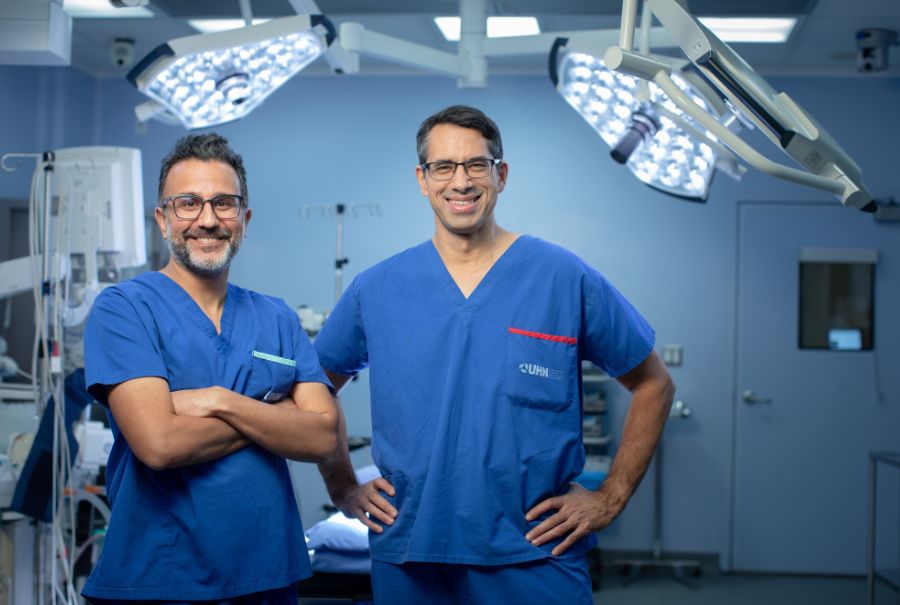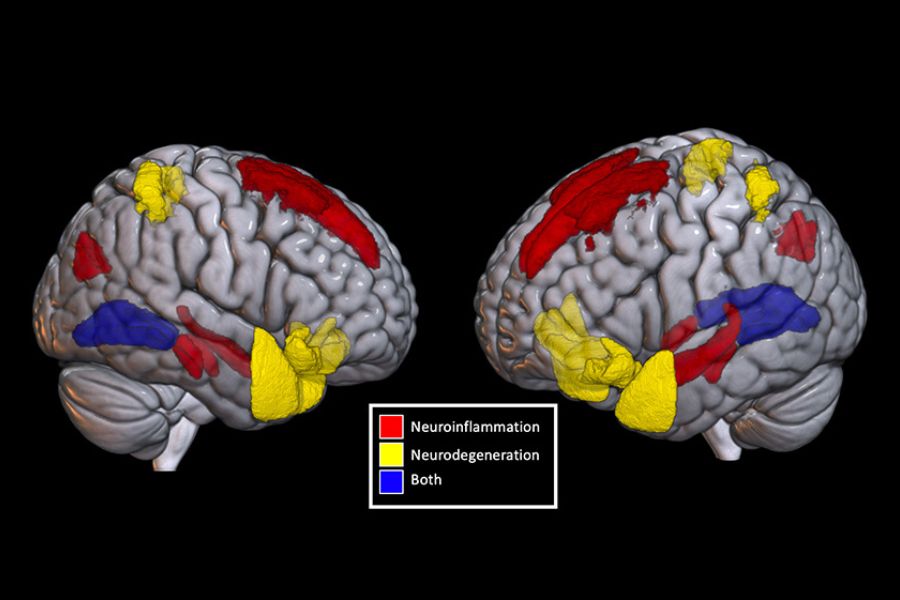Dr. Eubanks is a senior scientist at the Krembil Brain Institute at University Health Network. (Photo: Tim Fraser)
Inspiring supporters to raise awareness, October is recognized the world over as Rett Syndrome Awareness Month.
One in 10,000 females globally are born with Rett syndrome, a genetic disorder whose cause wasn’t even known until 1999. Neurologically based, symptoms include seizures, the inability to speak, an irregular heart rate and breathing, problems walking, and the loss of purposeful hand use.
While Rett syndrome still lacks a cure or any effective treatments to curb its debilitating symptoms, Dr. James Eubanks is working to change that.
Dr. Eubanks is a senior scientist at the Krembil Brain Institute at UHN, and he’s dedicated the last 20 years of his career to unravelling the mysteries of Rett syndrome. While the ultimate goal of research is to find a cure, Dr. Eubanks’ team is also investigating potential drugs for reducing or eliminating specific symptoms.
“Can we do something that will get rid of their epilepsy? Can we make their breathing better? Can we make their gastrointestinal difficulties better?” says Dr. Eubanks. “Can we find something that will make them speak again? We think these are achievable goals.”
The search for disease-improving strategies stems from a groundbreaking discovery that showed even the worst neurological problems seen in Rett syndrome can be rescued in experimental genetic models.
These genetic models have the same mutation of methyl-CpG binding protein 2 (MECP2); a gene that causes Rett syndrome in 90 per cent of the disorder’s cases. The MECP2 gene provides instructions for creating a protein critical for normal brain function. Mutations of this gene prevent the protein from being made, causing problems in the brain.
Using these genetic models, Dr. Eubanks’ team have shown that by reintroducing the missing or non-functional MECP2, many neurological problems can not only be improved, but in some cases completely returned to normal.
“We showed that problems associated with several neural systems could be rescued,” explains Dr. Eubanks. “Epilepsy can be reversed, thermo-regulation dramatically improved, and daily activity patterns restored to normal.”
Nonsense mutations
There are many different types of genetic mutations in girls with Rett syndrome, but “nonsense” mutations – which account for about one-third of all syndrome cases – is a phenomenon Dr. Eubanks is particularly interested in. In nonsense mutations, a “termination code” introduced into the MECP2 gene prevents the cell’s machinery from making a functional protein. Without these critical proteins, the brain is unable to develop normally.
“These mutations put up an errant stop sign,” explains Dr. Eubanks. “But there are drugs that can help the cell’s system say ‘this stop sign doesn’t belong; go past it.’”
Promising partnerships
Further exciting work is now underway involving several exciting partnerships.
Following findings in Rett syndrome pathogenesis, Dr. Eubanks is collaborating with Dr. Mark Reed at UHN’s Centre for Medicinal Chemistry and Drug Discovery. Dr. Eubanks and his team are also excited about the applicability of their work far beyond Rett syndrome, including potential shared solutions for Alzheimer’s and other neurodegenerative conditions. Partnerships focusing on this connection are consequently taking place with researchers across Canada.
“COVID slowed things down, but we are back up to speed making great progress,” says Dr. Eubanks. “I’m very optimistic about the potential of our discoveries, and radically improving the lives of Rett syndrome patients,”


